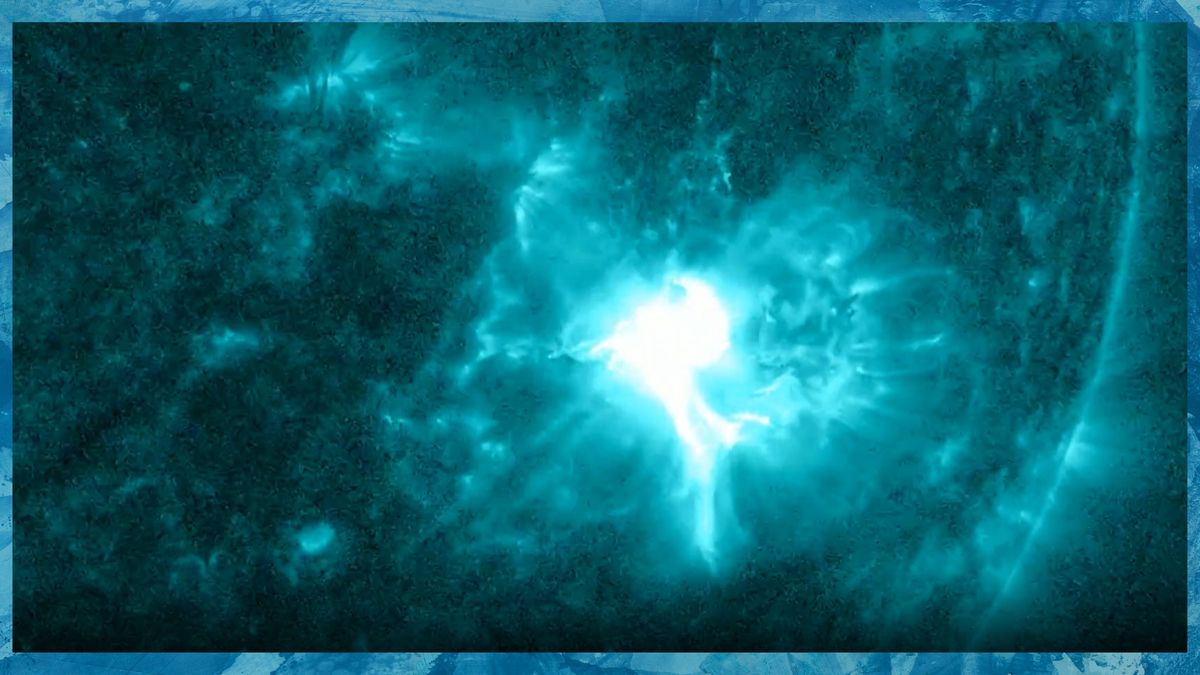Solar Flare Unleashed from Colossal Sunspot AR3664 Poses Potential Threat to Earth
The recent eruption of an intense X3.98 solar flare from sunspot AR3664 has once again put Earth in the line of fire for potential disruptions. Occurring in the early hours of May 10, this powerful solar flare has triggered radio blackout events across Asia, eastern Europe, and eastern Africa. According to solar physicist Keith Strong, this X3.98 flare marks the largest solar flare from AR3664 and ranks as the 4th largest solar flare of this solar cycle.
Solar Flares and Their Impact
Solar flares are explosive events on the surface of the sun that emit bursts of electromagnetic radiation. They are classified into different categories based on their size, with X-class flares being the most powerful, followed by M-class, C-class, B-class, and A-class flares. The recent X3.98 flare has caused shortwave radio blackouts due to the emission of strong X-rays and extreme ultraviolet radiation that ionize Earth’s atmosphere, disrupting radio signals.
Despite the potential disruption caused by solar flares, it is important to note that they do not pose a direct threat to Earth’s existence. While they can impact technology and communication systems, they lack the energy to cause lasting damage to the planet itself.
Effects of Solar Storms and Coronal Mass Ejections
In addition to the X3.98 solar flare, a coronal mass ejection (CME) was also observed following the event. CMEs involve the expulsion of plasma and magnetic fields from the sun, which can lead to geomagnetic storms and further disruptions to Earth’s magnetic environment.
As solar activity continues to intensify, scientists are closely monitoring the sun for potential impacts on spacecraft, satellites, and terrestrial technologies. Organizations like NASA, NOAA, and the U.S. Air Force Weather Agency are actively tracking solar weather events and issuing warnings to mitigate any adverse effects on critical infrastructure.
Precautionary Measures and Future Outlook
While heightened solar activity can pose challenges to our technological systems, it is essential to take appropriate measures to safeguard against potential disruptions. By staying vigilant and prepared for solar events, we can minimize the impact of solar flares and ensure the resilience of our technological infrastructure.
In conclusion, while solar flares and associated phenomena can pose temporary disruptions to radio communications and navigation systems, they do not present a catastrophic threat to Earth. Continued monitoring and preparedness efforts are key to managing the effects of solar activity and maintaining the stability of our technological networks.
Image/Photo credit: source url





